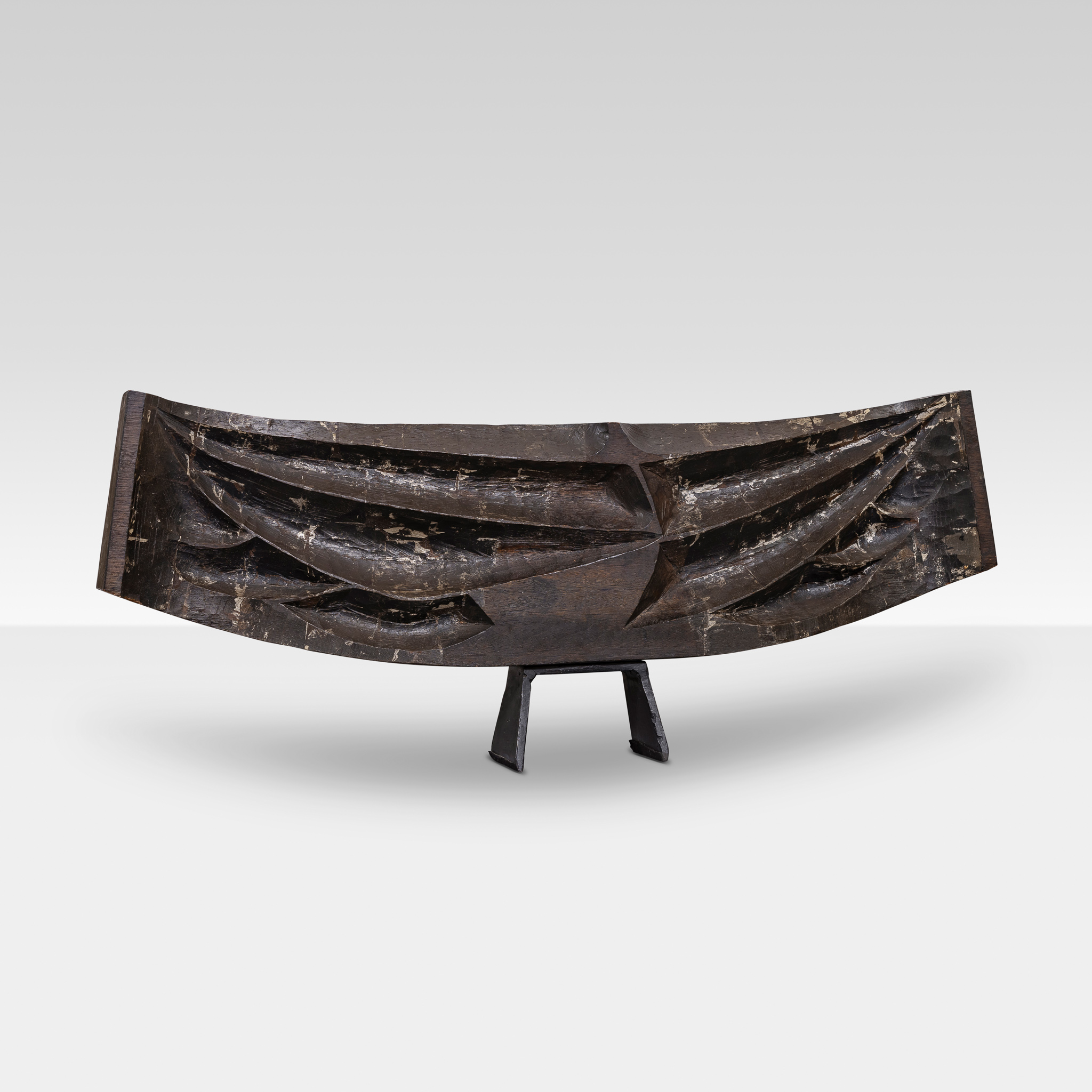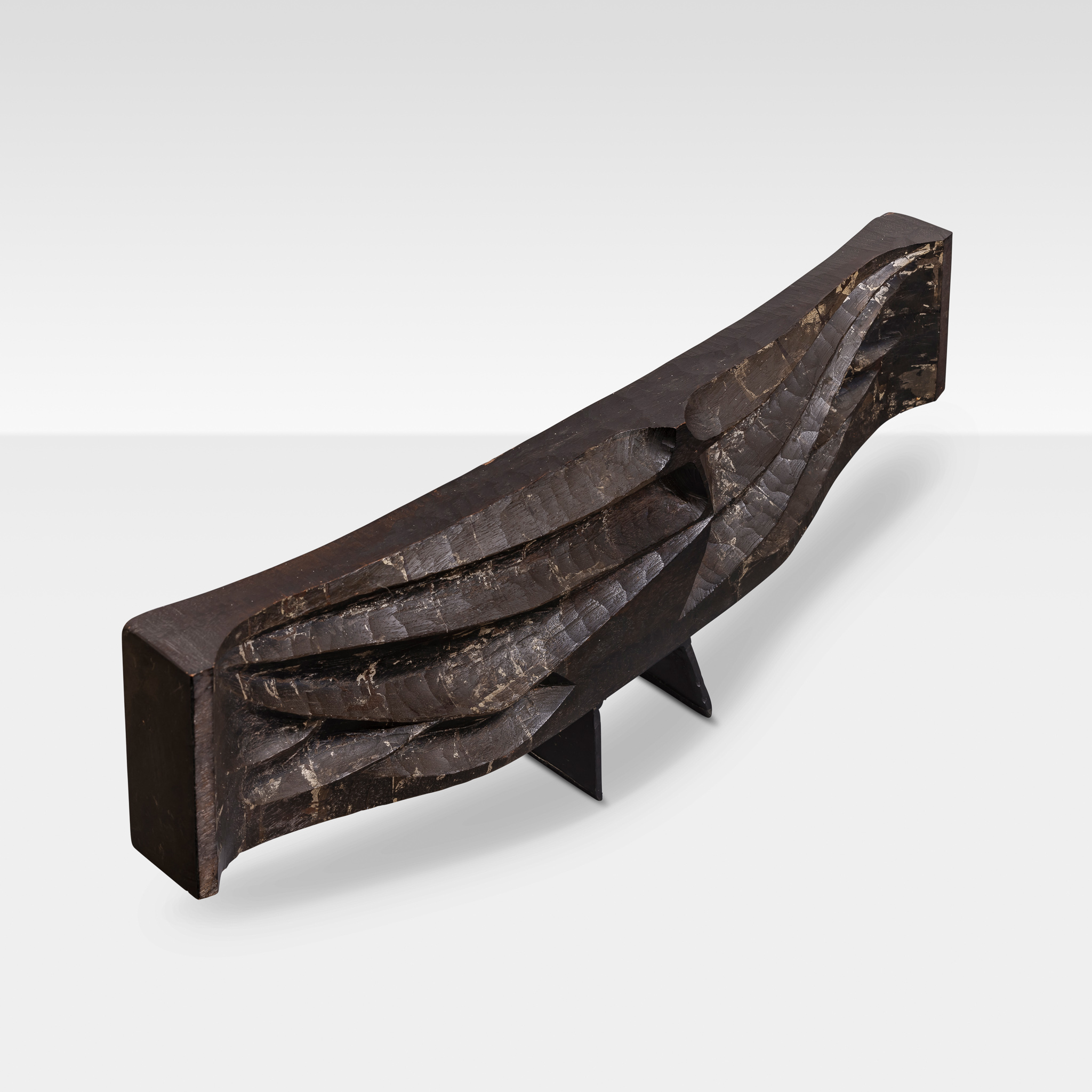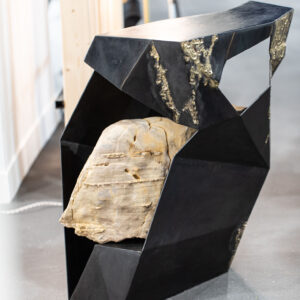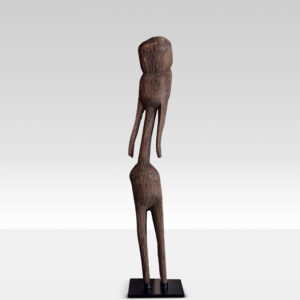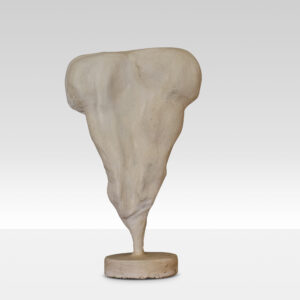Rare sculpture designed in the 1963 by Japanese artist Kengiro Azuma.
Made of wood and steel, signed Yamagata.
A timeless artistic piece with unmatched elegance.
Kengiro Azuma (1926–2016) was a Japanese sculptor whose practice embodied the fusion of Eastern philosophy and Western modernism. Born in Yamagata, Japan in 1926, Azuma survived the devastations of World War II before graduating from the Tokyo University of the Arts in 1953. In the same year, driven by an urgent spiritual and artistic quest, he moved to Milan to study under Marino Marini at the Accademia di Brera—a moment that would mark the beginning of a lifelong dialogue between Zen thought and Italian avant-garde sculpture.
Azuma’s work is rooted in the Japanese concept of “ma”—the space between things—as well as “mu”, meaning both emptiness and potential. Through polished bronze, raw aluminium, and carefully textured surfaces, he explored the duality of existence: fullness and void, presence and absence, silence and sound. Each piece—whether a pierced disc, a ruptured cylinder, or a finely balanced vertical form—is a meditation on impermanence and spiritual tension.
He rose to prominence in the 1960s and 1970s, with works exhibited at the Venice Biennale, the Rome Quadriennale, and Documenta. His sculptures were collected by major institutions, including the Pompidou Centre in Paris, the Vatican Museums, and the Hakone Open-Air Museum in Japan.
Despite his international success, Azuma remained a profoundly introspective and solitary artist. He lived and worked in Milan until his death in 2016, transforming the city into a silent laboratory of philosophical form. His legacy is one of disciplined serenity, where East and West converge in bronze, breath, and balance.
